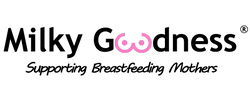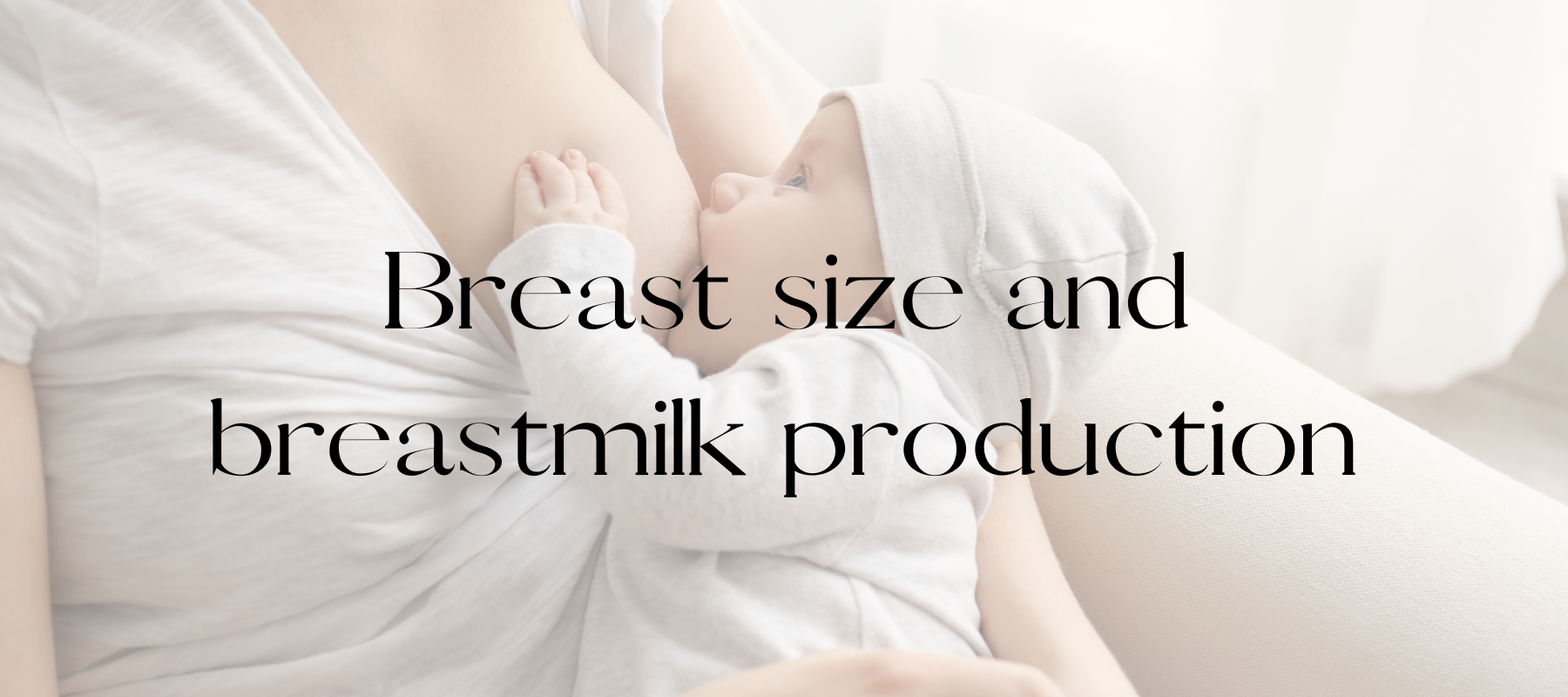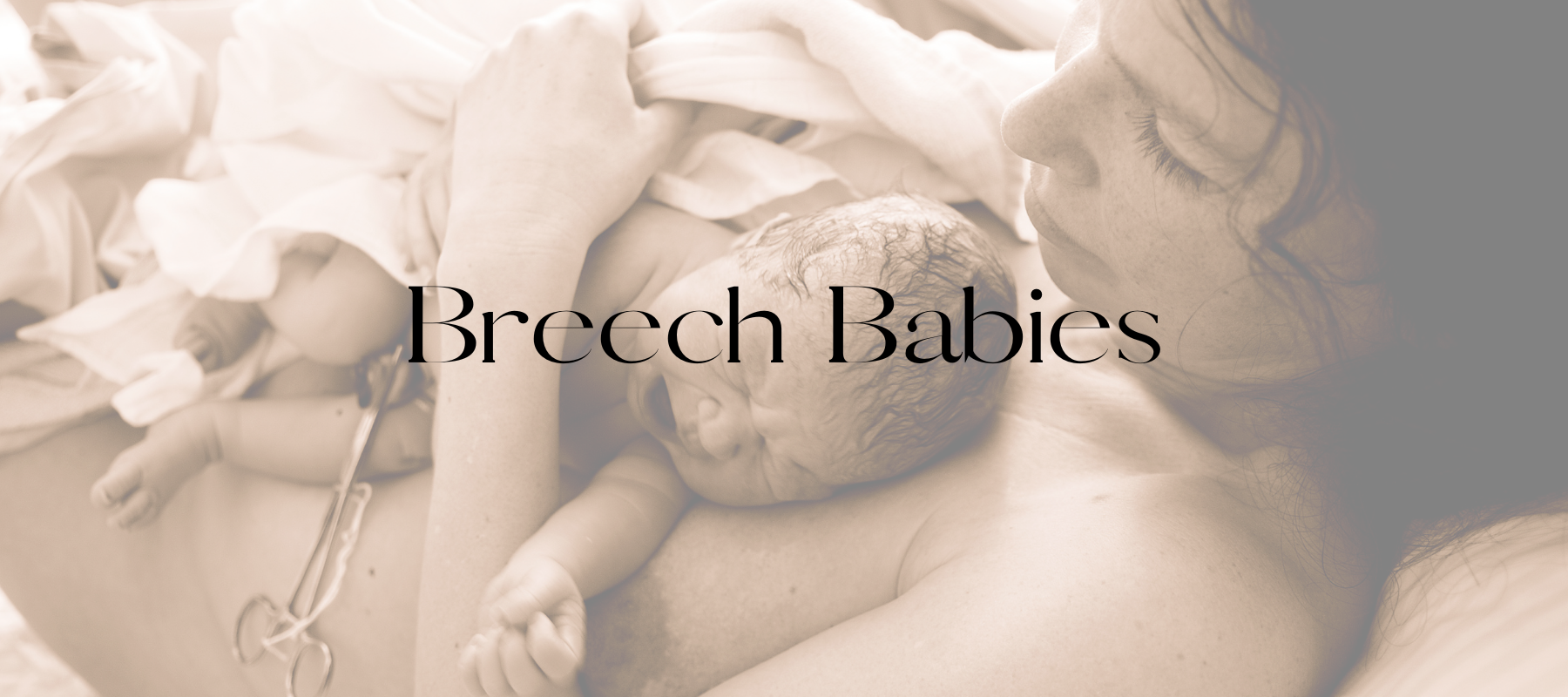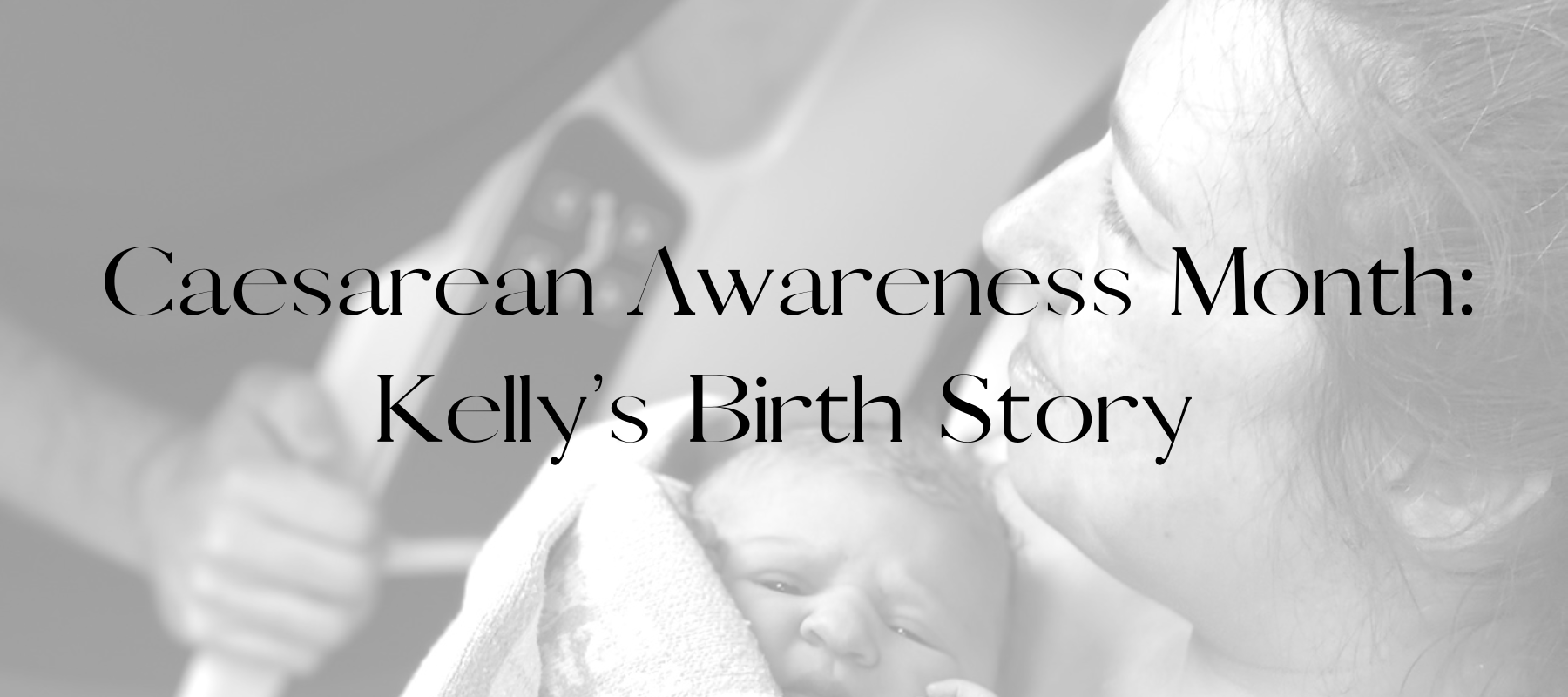Breasts come in all different shapes and sizes and when it comes to breastfeeding it can be daunting to imagine what effect this is going to have on breastfeeding. Imagining if you can or can’t breastfeed based purely on your breast size is a slippery slope to go down, but reality is most women can successfully breastfeed no matter the size of their breast.
Do large breasts make more milk?
Breast size has no correlation with milk production. What matters is the amount of glandular tissue a woman has. A woman with larger breasts may have more adipose tissue (fatty tissue) but the same amount of glandular tissue when compared to a woman with smaller breasts and so there will be no difference in milk production. Unlike what most understand, the quantity of breastmilk relies heavily on removal of breastmilk. The more the breast is stimulated and the more milk is removed, the more the breast will make.
Breastmilk holding capacity:
Breastmilk holding capacity is the maximum amount of milk a woman is able to hold within their breast. Contrary to what people believe, there is no correlation between breast size and holding capacity. Within a woman's breast milk there is protein called Feedback Inhibitor of Lactation (FIL). This protein is responsible for regulating milk production. The more FIL present (the fuller the breast), the less milk is produced. The less FIL present (empty breast), the quicker milk will be produced. Think of it like a ice maker within a freezer, whilst the ice tub is empty, your freezer will continue to make more ice, but once the tub becomes full the freezer will temporarily pause ice production because it is at capacity. Once we start removing ice, the freezer starts quickly making it again. This concept is the same with breastmilk production.
SUPPLY = DEMAND.
The more milk removed, the quicker milk is made.
Understanding breastmilk holding capacity allows us to better understand why some baby’s will feed more frequently than other baby’s and allows us to remind ourselves not to compare ourselves to others. Depending on how much milk your breast is able to hold will depend on how often your baby needs to feed. Overall this is dependent on the amount of glandular tissue you have, and not the size of your breast.
Breast changes in pregnancy:
To assist in breastfeeding most women will notice breast changes within their pregnancy. Due to the hormones, glandular tissue can grow and so for some women they notice their breasts are getting larger or changing shape. Others notice that their areola or nipple gets darker/larger or the Montgomery glands become more noticeable.
These are all appropriate breast changes and assist a woman to go on to successfully breastfeed.
Insufficient glandular tissue:
Breast hypoplasia, also known as insufficient glandular tissue (IGT) is the most common cause of low milk production. As glandular tissue is responsible for milk production, having insufficient amounts can mean that the breast isn't able to produce enough milk and so women may come into issues surrounding low milk supply.
Signs of IGT include:
- No breast changes in pregnancy
- Tubular shaped breasts (breasts that are long, rather than round)
- Very large, bulbous areola.
- Large flat space between breasts.
- Breast Asymmetry (one breast larger than the other)
Risk factors for IGT:
- PCOS
- Thyroid issues
- Insulin resistance
With each pregnancy, more glandular tissue can grow so although you may run into trouble with milk supply with your first, subsequent breastfeeding experiences can be different.
Nipple size and shape:
Like breasts, nipples come in all shapes and sizes. For some women they have larger nipples, for others they are more flat or even inverted. No matter what shape your nipples are, remember that it is called breastfeeding and not nipple feeding and therefore if your baby is able to draw enough breast tissue into their mouth then you shouldn't have a problem breastfeeding.
Support is available to those that have concerns around latching their baby and aids such as nipple shields can be a very useful tool in order to help baby latch.
References:



